Five rural municipalities in the German state of North Rhine-Westphalia show how digitalisation also has to adapt to rural situations – and how to outpace large cities. They are one of the 13 cities and municipalities that were selected in the first round of the competition “Smart Cities Pilot Projects”.
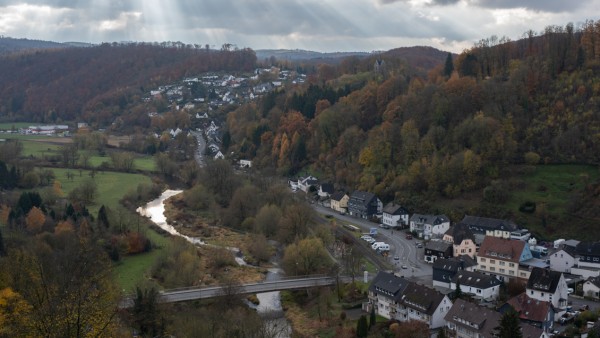
The larger districts of Arnsberg with its many forests lie along the Ruhr. Together with four neighbouring municipalities, the Sauerland town forms the “5 for South Westphalia,” a “smart city” partnership.
Paying for parking by mobile phone? Already rolled out in Arnsberg ten years ago. Property mapping, high-resolution aerial photographs and analysis of the town’s spatial data freely available on the town’s website? Rolled out even earlier. Arnsberg is ahead of its time with some digital services. In Frankfurt am Main, for example, it has only been possible to pay for parking by app since November 2019. The example shows how different the speed of digitalisation is in German municipalities.
In Arnsberg, technological change is now gathering even more momentum. As part of a municipal partnership, the city in Germany’s Sauerland region is one of the first 13 municipalities selected for the "Smart Cities Model Projects" competition, which is being funded by the German Federal Ministry of the Interior, Building and Community (BMI) and KfW with grants totalling 750 million euros. The money will be channelled to individual municipalities, but also to counties or municipal partnerships. “5 für Südwestfalen” (5 for South Westphalia) is one such partnership. It is comprised of Arnsberg (75,000 inhabitants), Menden (52,000), Soest (48,000), Olpe (25,000) and Bad Berleburg (20,000). Each town represents one of the five administrative districts that make up the region of South Westphalia. The “smart city” quintet will receive 13 million euros from KfW and will supplement the investment with 17.5 million euros of its own funds.
5 for South Westphalia
The five towns form a project consortium together with the Südwestfalen Agentur GmbH. “5 for South Westphalia: digital-sustainable-authentic” – that’s their motto. “We want to leverage the digital opportunities in integrated urban development, and develop and implement “smart city” strategies and sustainable projects for the region,” says Stephanie Arens of the Südwestfalen Agentur.
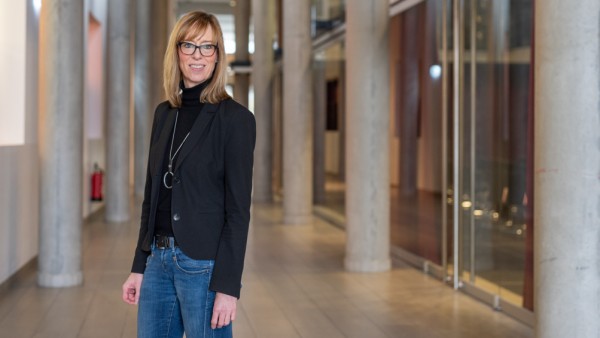
Karin Glingener heads up the Digital City unit in Arnsberg.
The five towns now want to first develop a digitalisation strategy based on existing position papers on urban development. Each town will set its own priorities in the implementation of specific projects. Among other things, Olpe will put new work concepts into practice in the construction of the new town hall and design a “House of Learning”, a digital self-study centre. Bad Berleburg is focusing on digitalisation that benefits people and supports sustainable development. The “town of villages”, as it calls itself, backs digital solutions to ensure an attractive working and living environment. For example, Menden has plans to set up an open platform for local data and a workshop for digital ideas.
Soest was selected by the state government in 2018 as one of five digital pilot regions in North Rhine-Westphalia. 30 projects in the areas of e-government and “smart cities” have been developed since then. Key projects will include public participation, the development of an interdepartmental data strategy and the creation of a town portal. And in Arnsberg – building on already completed projects related to digital transformation – the focus will be on issues such as infrastructure, education, mobility and public participation.
Read more under the image gallery.
In the “Town of Lights”, as Arnsberg’s largest district Neheim is also called, start-ups are working on ideas for the future. The Kaiserhaus of the town’s business development office also recently began providing a co-working space.
Individual transport connections
“We don’t think in terms of digital tools, but instead look at where the challenges lie,” says Karin Glingener, head of Arnsberg’s Digital City unit, and demonstrates the approach using the example of local public transport. The requirements are different from what large cities need, for example, and the concepts “cannot simply be adopted just like that”. Arnsberg is comprised of 15 districts. They have between 200 and 23,000 inhabitants and are scattered over an area the size of Nuremberg, which, however, has seven times as many inhabitants as Arnsberg.
“Individual transport connections require more than just bus and train,” says Glingener: “Smart management of the different forms of mobility is required.” The topography also affects the choice of transport. The town of Arnsberg, which is made up of almost two thirds forest, is hilly. As a result, many residents ride e-bikes to the train station. But they expect that their relatively expensive bicycles can be securely parked there. An integrated mobility concept also takes this into account.
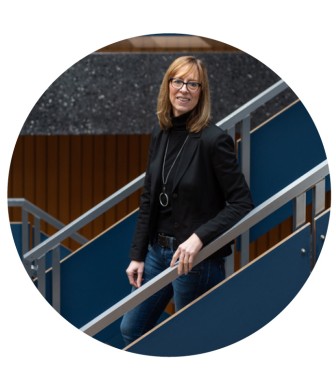
“Smart management of the different forms of mobility is required.”
An intelligent parking management system with real-time data for its four multistorey car parks was put into operation by the municipality in summer 2019. Several displays in the town show how many parking spots are free and where. This reduces the number of vehicles looking for a space and thus lowers pollution. Although this kind of system may be standard in large cities, it is unusual for a municipality the size of Arnsberg. Employees of the municipal utilities who manage the car parks can control them via tablet or smartphone and, for example, also open barriers remotely. The parking service will also be part of the Arnsberg app developed by the town.
Source
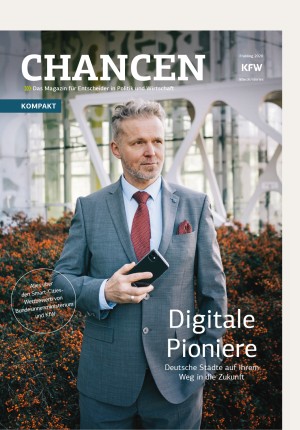
This article was published in CHANCEN Kompakt spring/summer 2020 “Digitale Pioniere”.
To German editionAs long ago as 2005, the Geographic Information System of the town (GIS) was integrated into the municipality’s website. It contains, among other things, high-resolution aerial photographs of the entire town, taken at intervals of several years over the past two decades. “About 80 percent of the municipal data has a geo-link,” says GIS coordinator Andreas Wolf. The GIS information, once processed, enhances the citizen services of the municipal administration. Detailed maps of the districts show the locations of day care facilities for children, playgrounds, bus stops or even glass recycling containers, which can help people looking for a flat to make a decision. Or, town employees can assess a problem from aerial photos and do not have to inspect everything in person on the ground.
South Westphalia is an economically strong region in Germany. The local Chamber of Industry and Commerce lists no fewer than 166 hidden champions who are market leaders in the world or in Europe. But, says Glingener, “Our global players employ fewer people than they used to”. Neheim, the largest district of Arnsberg, was once called the “Town of Lights”. The leading company in the lamp industry was Kaiser. Work on World 4.0 is underway at their old headquarters: a co-working space, the traditional working environment for start-ups, has opened in the Kaiserhaus, which belongs to the Arnsberg business development office. The “Town of Lights” is set to become a “smart city”.
The described project contributes to the following United Nationsʼ Sustainable Development Goals
Goal 9: Build resilient infrastructure, promote sustainable industrialization and foster innovation
Non-existent or dilapidated infrastructure hinders economic efficiency and thus engenders poverty. When building infrastructure, the focus should be on sustainability, for example, by promoting environmentally-friendly means of transport. Factories and industrial facilities should also ensure that production is in line with ecological aspects to avoid unnecessary environmental pollution.

All United Nations member states adopted the 2030 Agenda in 2015. At its heart is a list of 17 goals for sustainable development, known as the Sustainable Development Goals (SDGs). Our world should become a place where people are able to live in peace with each other in ways that are ecologically compatible, socially just, and economically effective.
Published on KfW Stories: 11 February 2020.

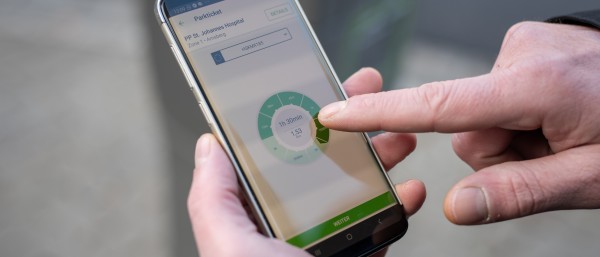
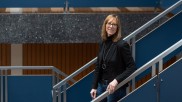
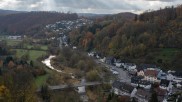
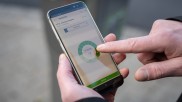
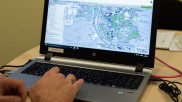
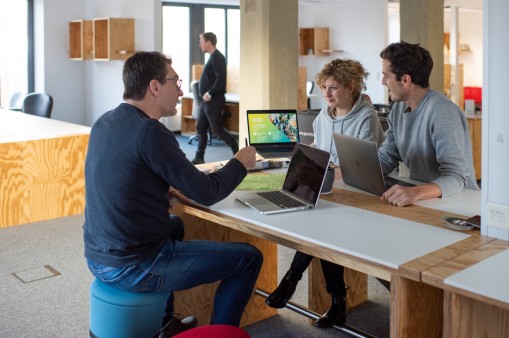

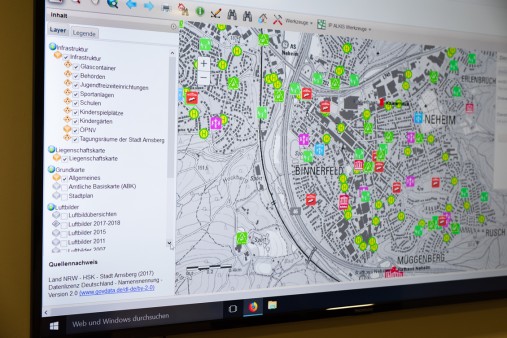
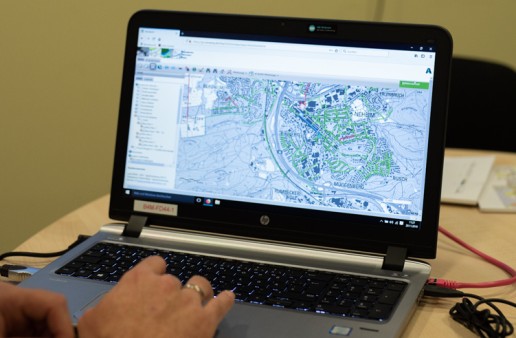




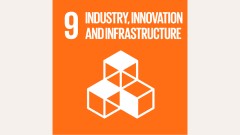
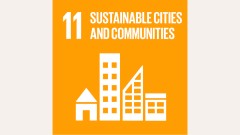

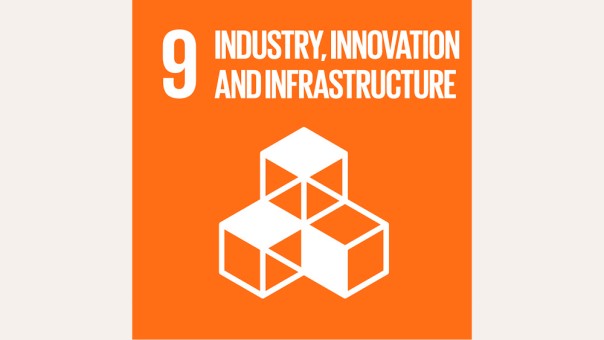
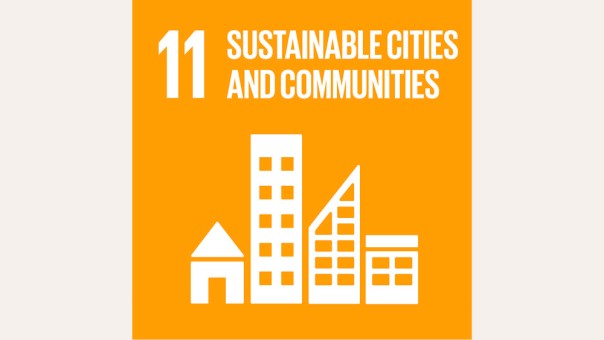



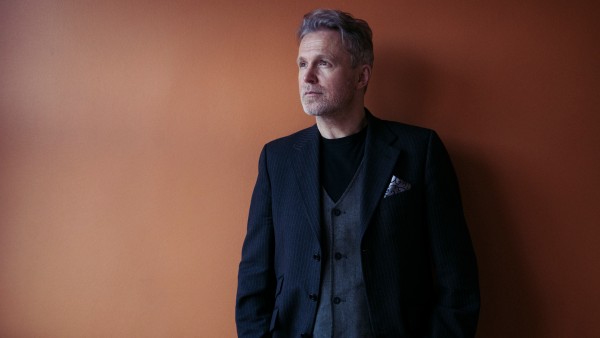
Data protection principles
If you click on one of the following icons, your data will be sent to the corresponding social network.
Privacy information